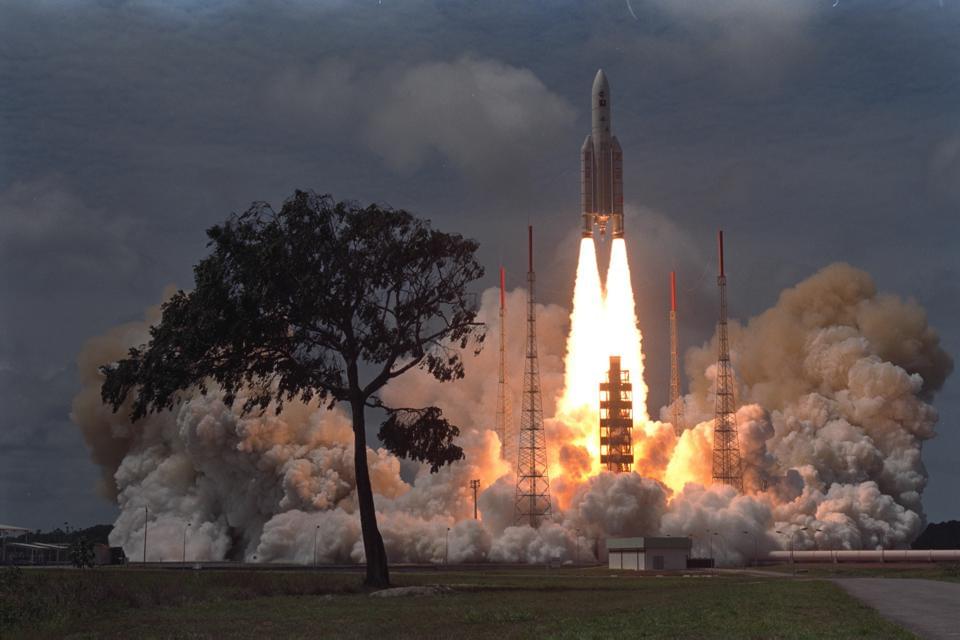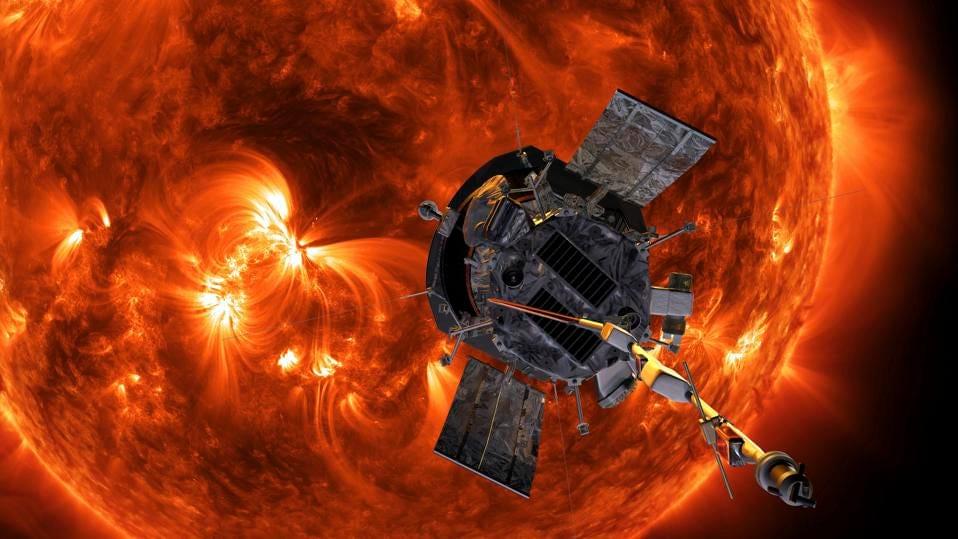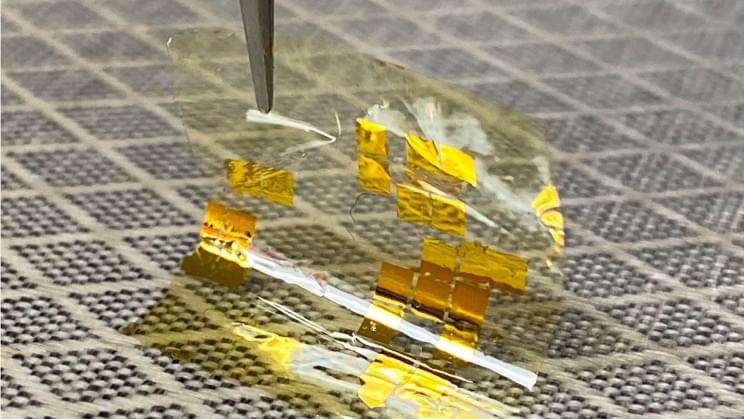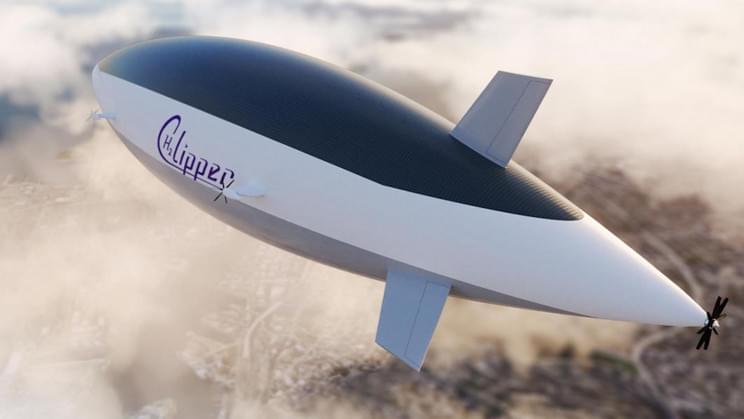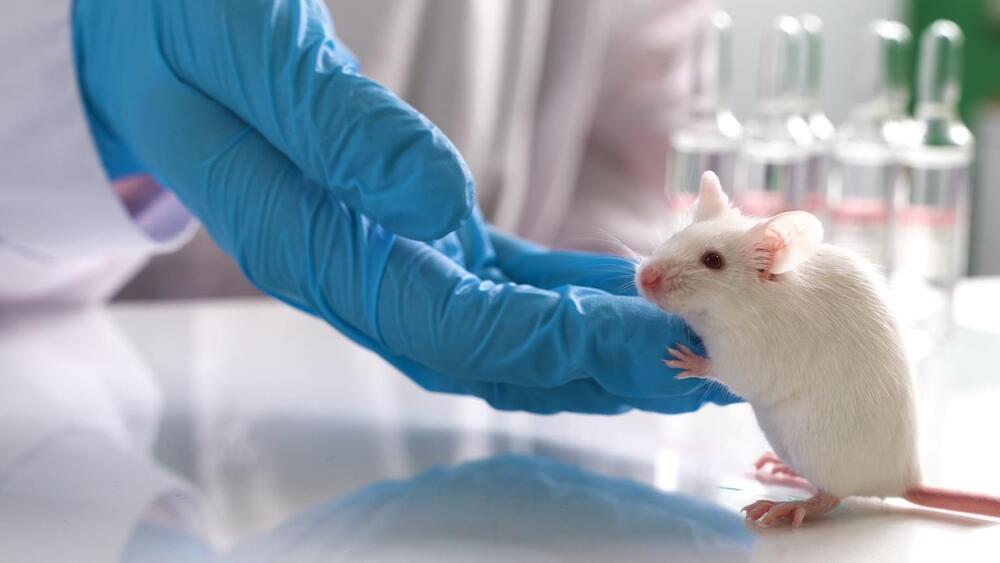To sign up, go to http://brilliant.org/ProRobots/ and register for free.
Also, the first 200 people who click this link will get 20% off a year’s Premium subscription.
✅ Instagram: https://www.instagram.com/pro_robots.
You are on the channel PRO Robots and in this view we present to your attention the news of high technology. Robots as people: the most realistic robot humanoid in the world, luxury patching cars of the future, xenobots — nanorobots that have learned to multiply, nanochip for reprogramming living matter, drones with legs, universal robots, robotic cleaners and other high-tech news in one video! Watch the video to the end and write in the comments, which news seemed the most interesting?
0:00 In this video.
2:25 Ameca Robot-Humanoid.
3:10 XPENG X2 flying car.
4:15 Robotic Systems Lab.
5:20 3D printed feet for drones.
6:10 Silicon nanochip for reprogramming biological tissue in living organism.
6:51 ATEA air cab.
7:23 Google unveiled its new project — Starline.
8:13 University scientists created xenobots that suddenly began to multiply.
9:06 MIRA surgical robot.
9:31 Moxi twin robots.
10:23 American startup DroneDek.
11:00 SOMATIC
11:25 Mid-range rocket — Neutron.
#prorobots #robots #robot #future technologies #robotics.
More interesting and useful content:
